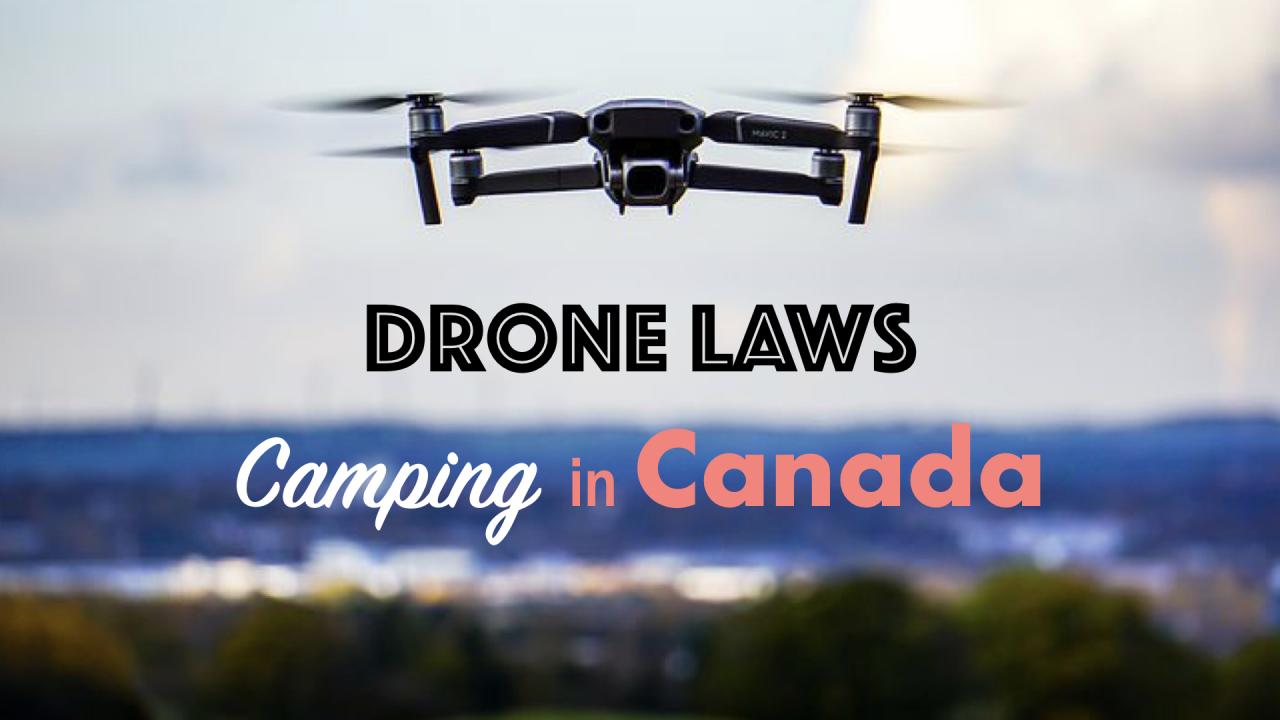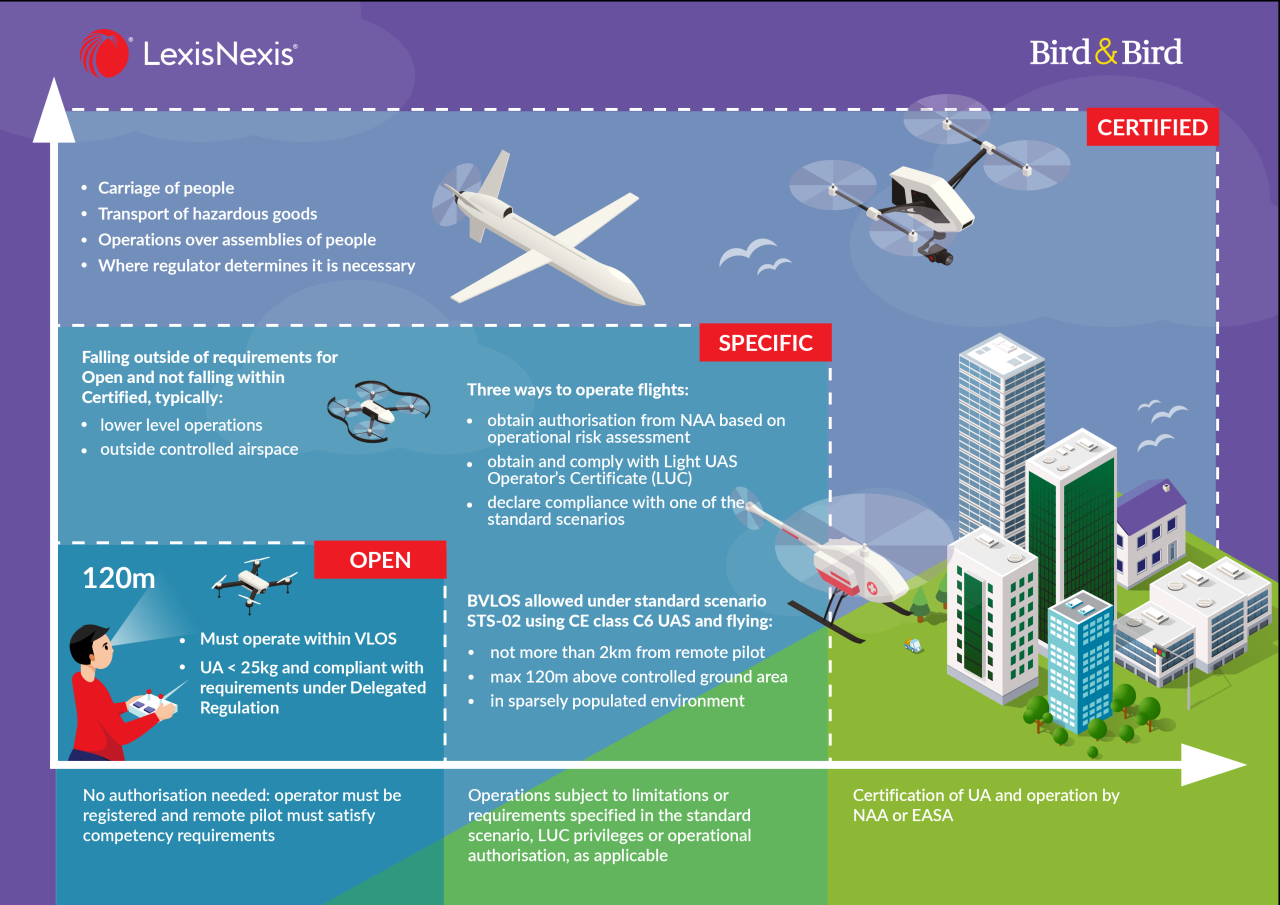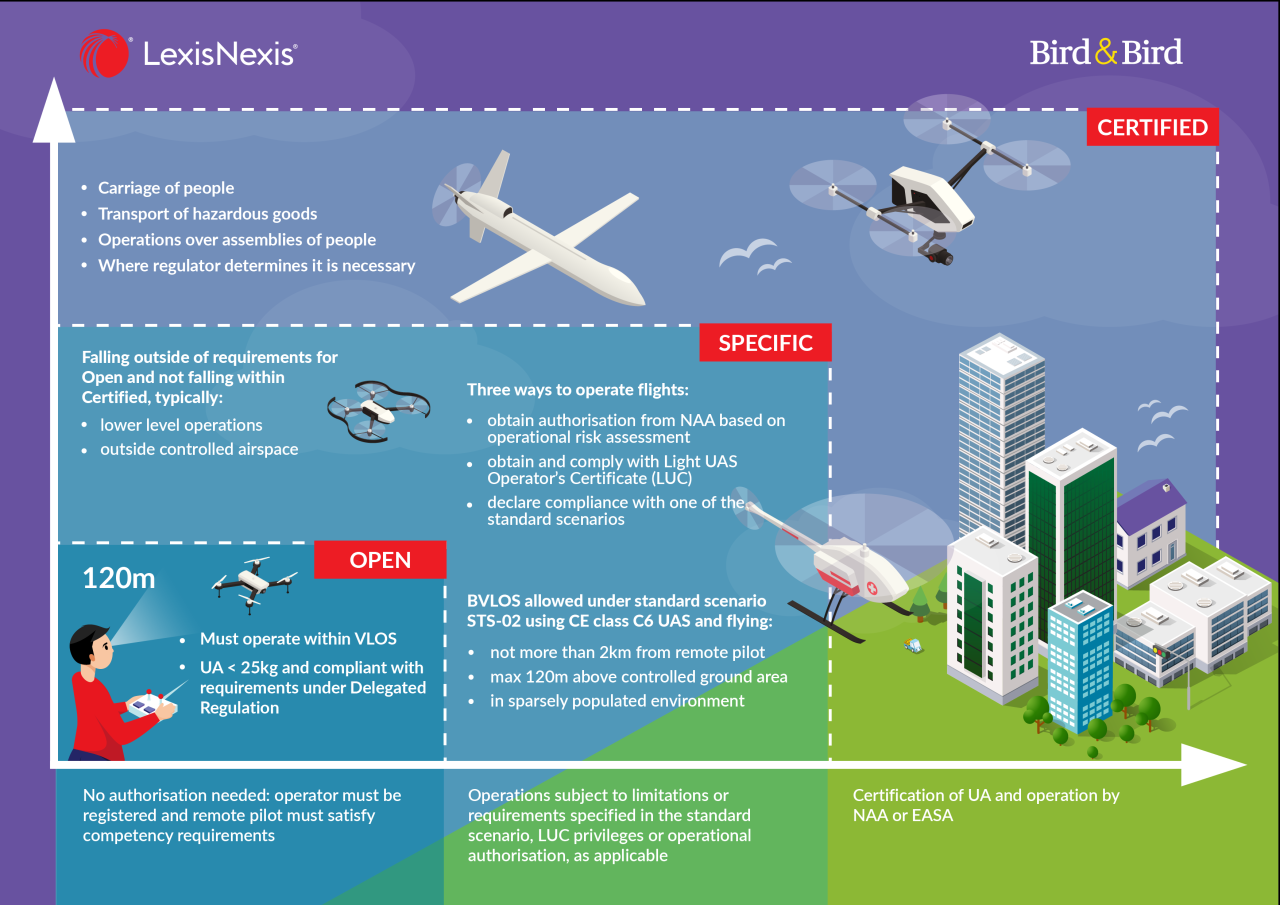New drone rules Canada are changing the game for both hobbyists and commercial operators. These updated regulations aim to improve safety, protect privacy, and manage the increasingly crowded skies above. Understanding these changes is crucial for anyone flying a drone in Canada, whether you’re capturing breathtaking landscapes or using drones for professional purposes. This guide breaks down the key aspects of the new rules, helping you navigate the legal landscape and fly responsibly.
From registration and licensing requirements to airspace restrictions and privacy concerns, we’ll cover everything you need to know to comply with the law. We’ll also explore the potential penalties for non-compliance and discuss how these rules affect different user groups. Get ready to take off with confidence, knowing you’re operating within the bounds of the law.
Overview of New Drone Regulations in Canada
Canada’s drone regulations have undergone significant changes, aiming to balance the innovative potential of drone technology with safety and privacy concerns. These updates reflect a growing understanding of the technology’s capabilities and the need for robust guidelines. The new rules build upon previous regulations, strengthening existing provisions and introducing new requirements to address emerging challenges.
Main Changes in Canadian Drone Regulations
Key changes include stricter registration requirements, expanded airspace restrictions, clearer guidelines on data privacy, and more stringent penalties for violations. The rationale behind these updates is to enhance safety, protect privacy, and ensure responsible drone operation across the country. Previous regulations often lacked the specificity needed to handle the increasing complexity and diversity of drone use.
Comparison of Old and New Drone Rules, New drone rules canada
Previously, registration was less comprehensive, and some operational restrictions were less clearly defined. Penalties for violations were also less substantial. The new rules provide a more detailed framework, clarifying responsibilities and expectations for all drone operators, from hobbyists to commercial users.
Key Aspects of the New Drone Rules
| Regulation | Description | Impact on Drone Operators | Penalties for Non-Compliance |
|---|---|---|---|
| Drone Registration | Mandatory registration of all drones weighing over 250 grams. | Requires operators to register their drones online and obtain a registration number. | Fines ranging from hundreds to thousands of dollars. |
| Airspace Restrictions | Clearer definitions of restricted and prohibited airspace, including proximity to airports and populated areas. | Limits where drones can be flown, requiring operators to check airspace maps before each flight. | Fines and potential flight bans. |
| Operational Guidelines | Detailed guidelines on safe flight procedures, including visual line-of-sight requirements and limitations on flight time and altitude. | Operators must adhere to specific safety protocols to prevent accidents. | Fines and potential flight bans. |
| Data Privacy | Regulations regarding the collection, storage, and use of drone-captured imagery and data, particularly concerning personal information. | Operators must comply with privacy laws and ensure responsible data handling. | Fines and potential legal action. |
Drone Registration and Licensing Requirements
The process for registering a drone in Canada is straightforward and primarily done online through Transport Canada’s website. Obtaining necessary licenses or permits depends on the drone’s weight and intended use.
Drone Registration Process

- Visit the Transport Canada website.
- Create an account and provide necessary information about yourself and your drone.
- Pay the registration fee.
- Receive your registration number and keep it readily available for your drone operations.
Drone Licensing and Permits
Different drone categories have varying licensing requirements. For example, smaller drones used recreationally might not require a specific license beyond registration, while larger drones or those used commercially require more extensive licensing and certifications. Operating a drone without proper registration or licensing can result in substantial fines and potential legal action.
Consequences of Unregistered/Unlicensed Drone Operation
The penalties for operating a drone without proper registration or licensing can be severe, ranging from significant fines to potential criminal charges, depending on the circumstances and the severity of the violation. This underscores the importance of adhering to all regulatory requirements.
Operational Restrictions and Safety Guidelines

Canadian airspace is divided into different classes, each with its own set of restrictions for drone operation. Safety guidelines are crucial to prevent accidents and protect people and property.
Airspace Restrictions
Drones are prohibited from flying near airports, military bases, and other sensitive areas. Flight restrictions also apply near populated areas and critical infrastructure to mitigate risks. Operators must always check the airspace before flying using approved apps and resources.
Safety Guidelines for Drone Pilots
- Maintain visual line-of-sight with your drone at all times.
- Do not fly your drone over people or crowds.
- Respect all airspace restrictions.
- Never fly your drone under the influence of alcohol or drugs.
- Keep your drone’s battery charged and in good working condition.
- Be aware of weather conditions and avoid flying in adverse weather.
Privacy and Data Protection Considerations
Drone-captured imagery can contain personal information, raising privacy concerns. Canadian law requires responsible data handling and compliance with privacy legislation.
Regulations Concerning Data Privacy
The collection, use, and disclosure of personal information obtained through drone operation must comply with relevant privacy laws, such as PIPEDA (Personal Information Protection and Electronic Documents Act). Operators must obtain consent where necessary and take steps to protect the privacy of individuals captured in drone footage.
Responsible Data Handling Guide
- Only collect data that is necessary for the intended purpose.
- Obtain consent before collecting or sharing personal information.
- Store data securely and protect it from unauthorized access.
- Only share data with authorized individuals or organizations.
- Delete data when it is no longer needed.
Enforcement and Penalties for Violations

Transport Canada and other relevant authorities enforce drone regulations through various mechanisms, including inspections, investigations, and prosecutions. Penalties vary depending on the severity of the violation.
Penalties for Violating Drone Regulations
Penalties can range from warnings and fines to more serious consequences such as flight bans, equipment seizure, and even criminal charges. The severity of the penalty depends on factors such as the nature of the violation, the potential harm caused, and the operator’s prior record.
Examples of Enforcement Actions
Past cases have involved fines for unauthorized flights near airports, violations of airspace restrictions, and breaches of privacy regulations. The outcomes have varied depending on the specific circumstances of each case, but they serve as a reminder of the importance of complying with all regulations.
Impact on Different Drone Users
The new regulations impact recreational and commercial drone users differently, presenting both challenges and opportunities.
Impact on Different Drone User Groups
| User Group | Specific Challenges | Opportunities | Adaptation Strategies |
|---|---|---|---|
| Hobbyists | Understanding airspace restrictions and registration requirements. | Access to a wider range of flight locations with proper planning. | Utilizing online airspace maps, attending safety courses, and registering drones promptly. |
| Commercial Operators | Meeting stringent licensing and operational requirements, demonstrating compliance with regulations. | Increased public trust and a more established legal framework for commercial drone services. | Investing in training and certifications, implementing robust safety protocols, and adhering to all regulations. |
Future Trends and Potential Changes to Drone Regulations: New Drone Rules Canada
The rapid evolution of drone technology and its applications will likely necessitate further adjustments to Canadian drone regulations.
Potential Future Regulatory Adjustments
- Integration of advanced drone technologies like BVLOS (Beyond Visual Line of Sight) operations.
- Development of more sophisticated airspace management systems.
- Further clarification on data privacy and security regulations.
- Increased focus on cybersecurity related to drone operations.
- Potentially stricter penalties for more serious violations.
Closing Summary
Navigating the new drone rules in Canada might seem daunting at first, but with a little understanding and preparation, it’s entirely manageable. Remember, responsible drone operation is not just about following the rules; it’s about ensuring the safety of others and protecting our shared airspace. By staying informed and adhering to these guidelines, you can contribute to a safe and enjoyable drone community in Canada.
Canada’s new drone rules are pretty comprehensive, covering everything from registration to airspace restrictions. It’s interesting to consider how these regulations might apply to smaller, specialized drones like the ones used in military applications, for example, check out this article on the innovative ukrainian sea drone technology. Ultimately, understanding these new rules is key for anyone operating a drone in Canada, regardless of size or purpose.
So, get familiar with these regulations, and happy flying!
Expert Answers
What types of drones require registration?
Generally, any drone weighing over 250 grams needs registration.
Do I need a pilot license to fly a drone recreationally?
So, Canada’s got some new drone rules, right? It’s all about safety and responsible flying. To see how other countries are innovating, check out the amazing tech showcased at the china drone show 2040 ; it’s a great example of where the industry is headed. Understanding global trends helps us better prepare for future drone regulations here in Canada.
Not for all recreational uses, but check the specifics based on your drone’s weight and intended use.
What are the penalties for flying near airports?
Penalties can be substantial, including hefty fines and potential legal action. Distances vary by airport and airspace classification.
Where can I find the complete and official text of the new drone regulations?
Check the official Transport Canada website for the most up-to-date and complete information.
Okay, so Canada’s got new drone rules – you gotta know them before you fly! Planning a dazzling drone display? Check out this amazing example of what’s possible with chinese new year drone show to get some inspiration. But remember, those new regulations apply to every drone flight, even spectacular ones like that!
Can I use drone footage for commercial purposes without specific permission?
Commercial use often requires additional permits and licenses, and always consider privacy implications.
